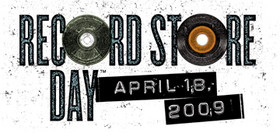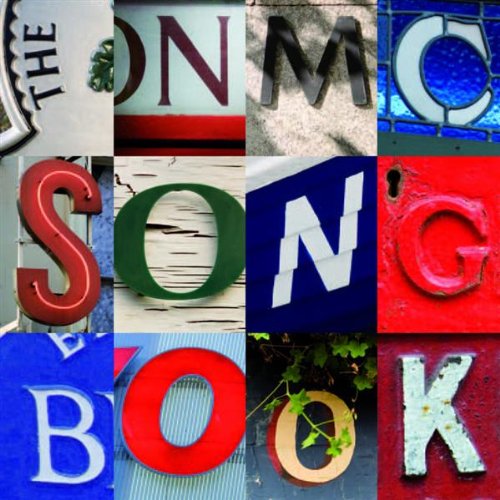 The spring festivals are underway; here are three you should know about.
The spring festivals are underway; here are three you should know about.
1) In Boston, the new Beeline Festival (curated by Evan Ziporyn and Christine Southworth) continues tonight with performances by Ensemble Robot and The Loud Objects. The final concert will be Sunday, with performances by Gamelan Galak Tika and Dewa Ketut Alit. With Beeline it seems that Boston finally has a new music festival with more of a Downtown slant.
2) Tonight in Brooklyn, the first annual New Music Bake Sale runs from 7PM to midnight, featuring music from So Percussion, Lisa Moore & Martin Bresnick, Lukas Ligeti, Newspeak, ACME, JACK Quartet, Dither, loadbang, and Ensemble de Sade. Plus, the event really is a bake sale — the ensembles performing and more than a dozen other groups and organizations will be selling goodies from their bake sale tables to raise money for their future activities.
3) Bang On A Can just announced this year’s Marathon for May 31st, which will once again be held at the Winter Garden of the World Financial Center in Lower Manhattan and will kick off the River To River Festival. Twelve hours of music, from noon to midnight. I’ll just quote the press release: “Music by: Andy Akiho, Gavin Bryars, Jeppe Just Christensen, Eric km Clark, Joe Cutler, Moritz Eggert, Bill Frisell, Michael Gordon, Ted Hearne, Pelle Gudmundsen-Holmgreen, Phil Kline, David Lang, Steve Martland, Matthew McBane, Meredith Monk, Anders Nordentoft, Ryuichi Sakamoto, Howard Skempton, Kevin Volans, Julia Wolfe, Evan Ziporyn, AND MORE. Performances by: Ars Nova Copenhagen, Athelas Sinfonietta, Bang on a Can All-Stars, DITHER, Ethel, Bill Frisell, Brooklyn Rider, Build, Shiau-uen Ding, Henry Grimes & Andrew Cyrille, Paul Hillier Lionheart, Ryuichi Sakamoto, Ken Thomson’s 9-headed Saxophone Monster, Smith Quartet, Signal, Sandeep Das, Tortoise, Victoire, Wu Man, Your Bad Self, AND MORE.”
3a) Also, it’s not a festival per se, but there’s a major performance of Terry Riley’s “In C” at Carnegie Hall on Friday, April 24th. I’ll be covering it, so watch this space.
3b) And speaking of Christine Southworth (co-curator of the Beeline Festival), almost a year ago she released a CD called “ZAP!” I specifically asked her to send me a copy so I could review it, and it’s really good, but I never actually wrote the review. Check it out here. There’s even a video of a live show which includes live performance on the Van de Graff Generator at the Boston Museum of Science.


 Last night Salonen conducted the premiere of his new Violin Concerto, performed by
Last night Salonen conducted the premiere of his new Violin Concerto, performed by  The days dwindle down. For April we had only three remaining programs conducted by Esa-Pekka Salonen as music director of the Los Angeles Philharmonic, and after last night only two programs remain. Last night’s Green Umbrella concert gave us a look forward, plus just a touch of reminiscence. There could well have been a concert of Salonen’s works, but a retrospective of the man as composer (and as engine for the Green Umbrella series) can wait for a future year and a future visit. Instead, the program was a beautifully selected set of four world premieres by composers new to almost every one in the Disney Hall audience. And for the selection, in addition to Salonen we have to honor the inputs of the Phil’s advisor for new music,
The days dwindle down. For April we had only three remaining programs conducted by Esa-Pekka Salonen as music director of the Los Angeles Philharmonic, and after last night only two programs remain. Last night’s Green Umbrella concert gave us a look forward, plus just a touch of reminiscence. There could well have been a concert of Salonen’s works, but a retrospective of the man as composer (and as engine for the Green Umbrella series) can wait for a future year and a future visit. Instead, the program was a beautifully selected set of four world premieres by composers new to almost every one in the Disney Hall audience. And for the selection, in addition to Salonen we have to honor the inputs of the Phil’s advisor for new music, 
